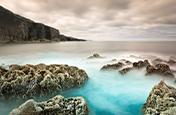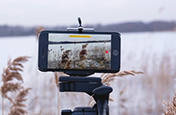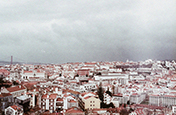Set the scene with an establishing shot.
Establishing shots introduce new scenes and tell the viewer where and when the action is happening. They can also set up a point of view or help develop character.
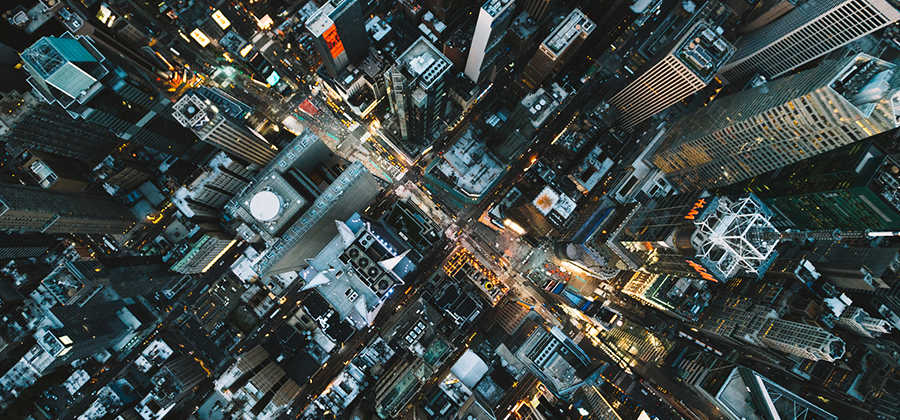
What is an establishing shot?
Establishing shots are typically wide or extreme wide shots of buildings or landscapes. These shots might include signage, landmarks or other obvious signals of place and time. They can help to convince your audience that your film’s action is taking place in a cafe in Paris or a cantina on Tatooine instead of a soundstage in L.A.
Give your audience context.
Establishing shots don’t have to be the most artful shots in your film. “The easiest thing to do in Hollywood films is a helicopter shot of the Golden Gate Bridge. ‘Oh, we’re in San Francisco, I get it,’” says graphic designer and independent film producer Nick Escobar. “It establishes where you are, lets you know what’s going on and can clue you in to the time period, based on the way the city is shot and colour graded.”
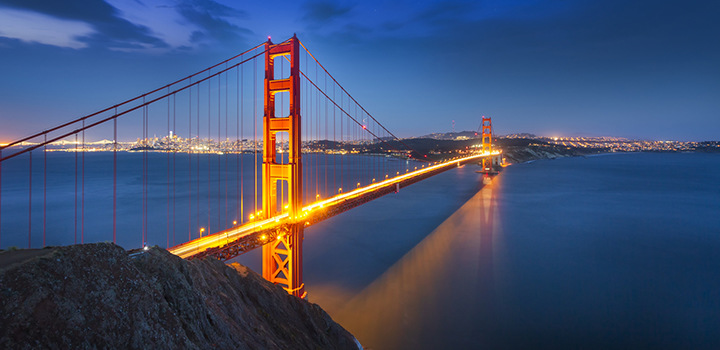
Drones make establishing a scene with an aerial shot more accessible.
One of the most memorable establishing shot sequences in film history opens Stanley Kubrick’s horror film The Shining. The camera glides over forests and mountains before revealing the mountaintop hotel where the film’s action takes place. When this film was made, only a big-budget production could afford the helicopter and crew to get that footage, but these types of shots are now accessible at a lower price point with drones.
Two drone-related caveats:
“Whenever the camera is moving, that implies to the viewer a point of view,” writer and filmmaker David Andrew Stoler says. “If you’re moving in your establishing shot, the question is ‘Who’s seeing this? Whose point of view am I in?’” Director and writer Van Jensen adds, “You have to be shooting something where you don’t need to be capturing sound, because drones are extremely loud.”
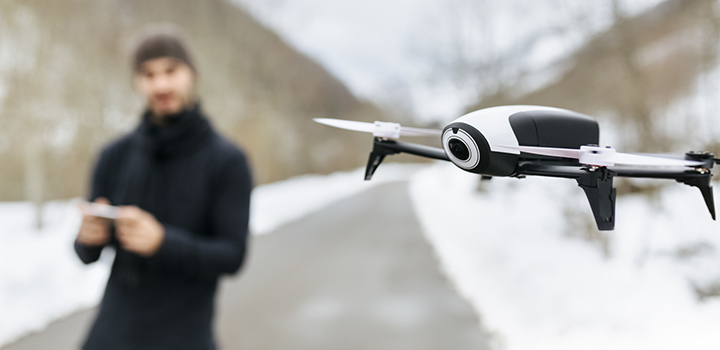
Get creative and skip the traditional wide shots.
You don’t always have to go for the epic view of the New York City skyline. You can prepare your audience for the scene with set design and props. For example, a therapist’s office might have diplomas on the wall and a couch with a chair next to it. Those details tell your viewers exactly where they are or what they need to know.
Jensen recalls making a music video that takes place at a house party. “The specific opening shot is a tight shot of a beer being poured into a glass. I thought of it as the establishing shot even though it’s atypical,” he says.
There’s room for artistry even in these transitional shots. You can experiment with framing, camera position or angle and create something beautiful instead of something that simply conveys necessary information.
Other tips for getting the most out of establishing shots.
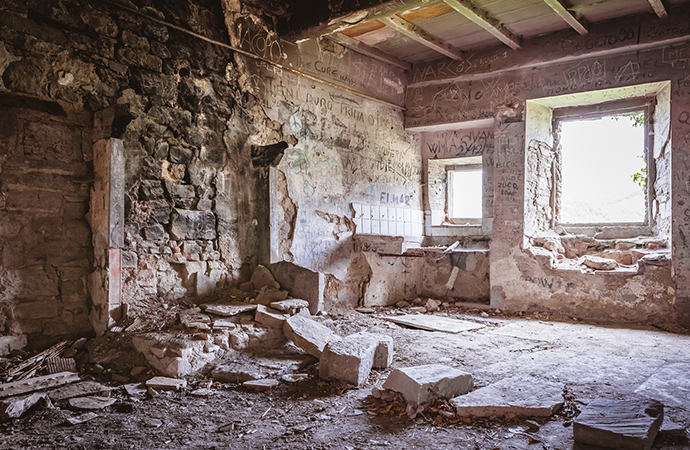
Focus on the story.
Never forget that you’re a storyteller and every shot should serve your story. “If you’re bouncing around locations quickly, like in Law and Order, it can be helpful to use establishing shots,” Stoler says. “But if you’re doing something short, you can set that information up more quickly.”
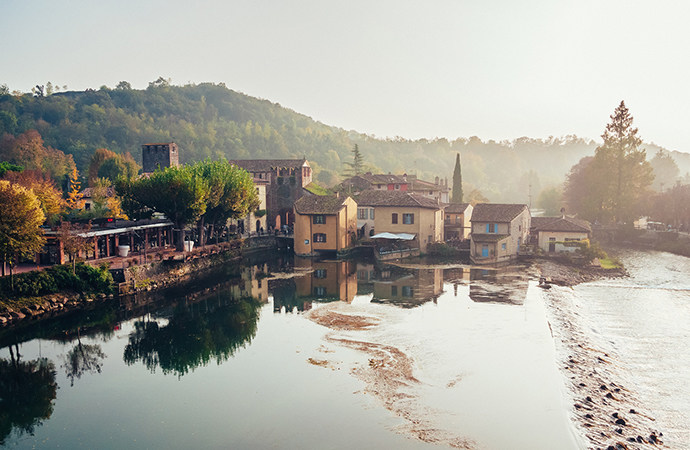
Consider space.
Pay attention to your location and build your story around that. “Work the angles,” Jensen says. “Work the space to find the most beautiful shots within it.” If you’re going for a wide or long shot, make sure you have the room. “Beginners tend to shoot very flat, without much in the background. So don’t get too close,” Stoler says. “You have to get back far enough to get good depth.”
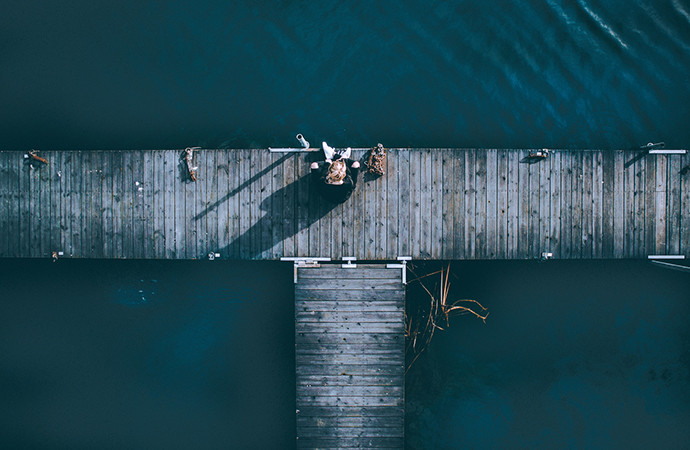
Experiment.
Get your necessary wide, medium and close-up shots, but be open to other possibilities. “You want to go into the editing room with a grab bag of extra footage,” says Dominic Duchesneau, a documentary filmmaker and editor. “The editor might see the story differently than the director or cinematographer, so if you’re on location and you have time, try for something that might serve the story better.” You can always test out unusual establishing shots by using Adobe Premiere Pro to create a rough cut.
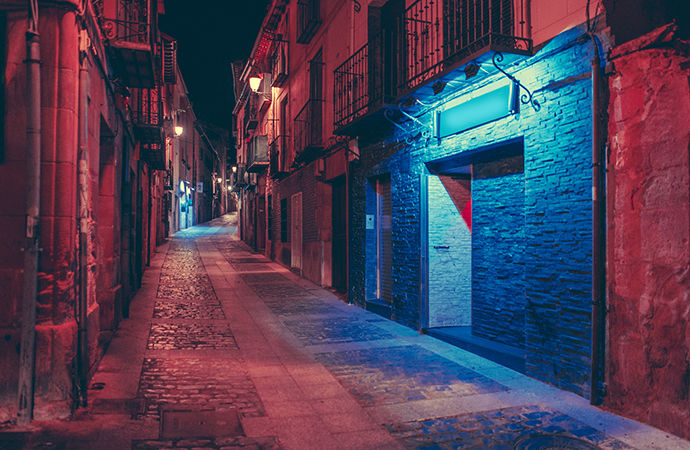
Watch and learn.
Watch the films you love, paying close attention to the shot at the beginning of each scene. Find ones you like and try to put your own spin on them. Remember that these shots have to tell us where we are, but they can also help develop character, establish relationships between characters and add to the mood you’re trying to create.
Contributors
You might also be interested in…
Learn about the dynamic range of your camera and how to manipulate it to create the images you want.
Learn how this helpful device can help you to capture great, stable footage.
See how this technique can help bring a stylized and evocative effect to your work.
Setting up a home recording studio.
Explore the basics of creating a space at home to capture high-quality audio.
Get Adobe Premiere Pro
Create flawless productions with the industry-leading video editing software.
7 days free, then €26.86/mo.
